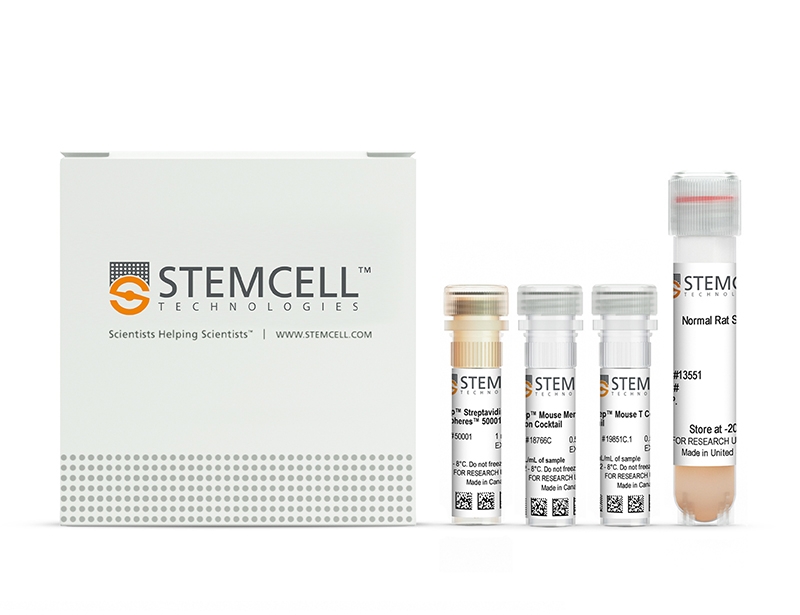概要
Click here to learn about our next-generation EasySep™ mouse cell isolation kits, featuring RapidSphere™ technology.
技术资料
| Document Type | 产品名称 | Catalog # | Lot # | 语言 |
|---|---|---|---|---|
| Product Information Sheet | EasySep™ Mouse Pan-Naïve T Cell Isolation Kit | 19848 | All | English |
| Product Information Sheet | RoboSep™ Mouse Pan-Naïve T Cell Isolation Kit | 19848RF | All | English |
| Safety Data Sheet 1 | EasySep™ Mouse Pan-Naïve T Cell Isolation Kit | 19848 | All | English |
| Safety Data Sheet 2 | EasySep™ Mouse Pan-Naïve T Cell Isolation Kit | 19848 | All | English |
| Safety Data Sheet 3 | EasySep™ Mouse Pan-Naïve T Cell Isolation Kit | 19848 | All | English |
| Safety Data Sheet 1 | RoboSep™ Mouse Pan-Naïve T Cell Isolation Kit | 19848RF | All | English |
| Safety Data Sheet 2 | RoboSep™ Mouse Pan-Naïve T Cell Isolation Kit | 19848RF | All | English |
| Safety Data Sheet 3 | RoboSep™ Mouse Pan-Naïve T Cell Isolation Kit | 19848RF | All | English |
数据及文献
Data

Figure 1. Typical EasySep™ Mouse Pan-Naïve T Cell Isolation Profile
Starting with mouse splenocytes from an uninfected mouse, the pan-naïve T cell (CD3+CD44-/lowCD62Lhigh) content of the isolated fraction typically ranges from 90 - 97%. In the example above, the final purities of the start and isolated fractions are 18.5% and 94.5%, respectively.

 网站首页
网站首页




